The technique of double eyelid surgery without surgery usually refers to buried suture double eyelid surgery or minimally invasive double eyelid surgery. Its principle is to fix the eyelid plate and skin to form folds through sutures or small incisions. The main techniques include buried line method, three-point minimally invasive method, laser assisted method, etc., which are suitable for people with thin eyelids, low fat, and tight skin.

The buried suture method uses absorbable or non absorbable sutures to suture at fixed points inside the eyelid, adhering the meibomian plate to the dermis layer to form double eyelid folds. The operation time is short and the recovery is fast, but the maintenance time is greatly affected by individual differences, and there may be exposed or detached wire connections. The three-point minimally invasive method involves making three small incisions on the eyelid, removing a small amount of adipose tissue, and then suturing and fixing it. It has both durability and naturalness, and is suitable for patients with mild eye swelling. Laser assisted method uses laser to accurately locate and stimulate collagen proliferation, with less trauma but higher technical requirements, requiring multiple treatments to stabilize the formation.
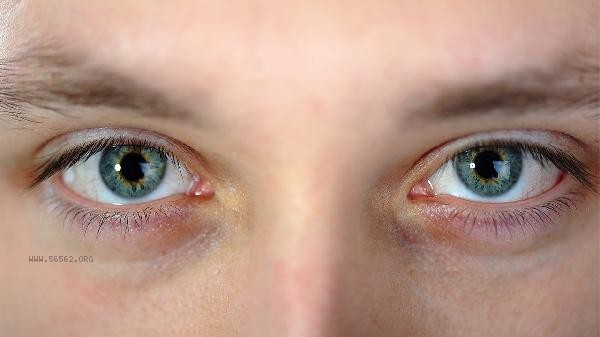
The above technologies all have limitations, such as the inability to remove excess skin or correct severe sagging. Patients with thick eyelids and obvious skin laxity may still require incision surgery. After surgery, it is necessary to avoid rubbing and overuse of the eyes to prevent displacement or worsening of swelling of the stitches. In the short term, there may be asymmetry or unsatisfactory morphology, which mostly improves gradually with recovery. Before choosing non-surgical double eyelid technique, a professional doctor must evaluate the eye conditions, clarify the indications and expected effects. Keep the wound clean and dry after surgery to avoid infection. The diet should be light and reduce the intake of spicy and stimulating foods. During the recovery period, appropriate cold compress can be applied to relieve swelling and avoid the risk of bleeding caused by intense exercise. If there is persistent redness, swelling, pain, or increased secretion, seek medical attention promptly to check for complications.
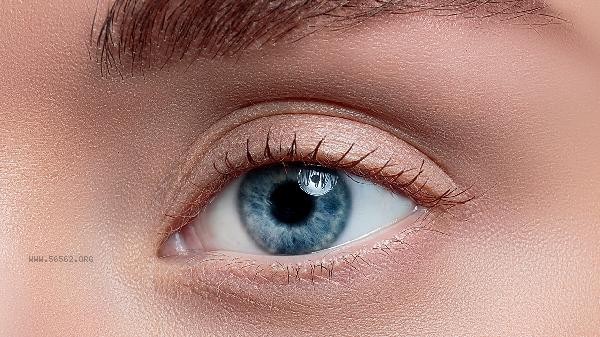


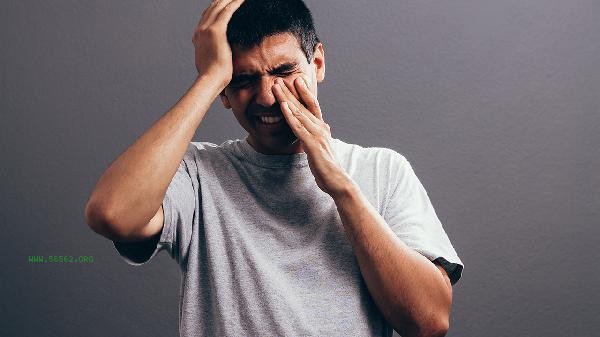

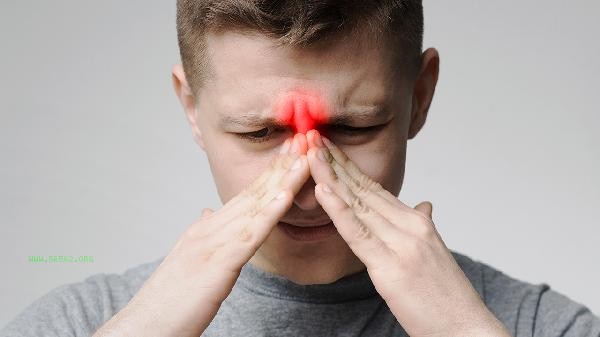
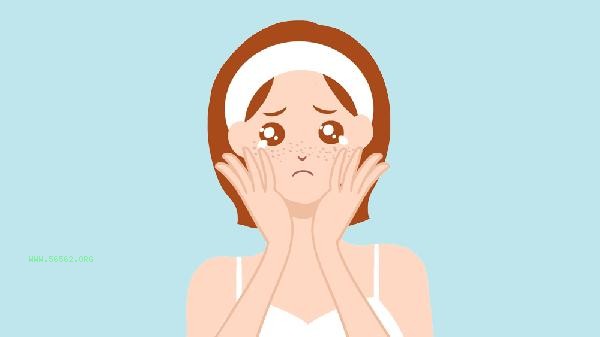


Comments (0)
Leave a Comment
No comments yet
Be the first to share your thoughts!